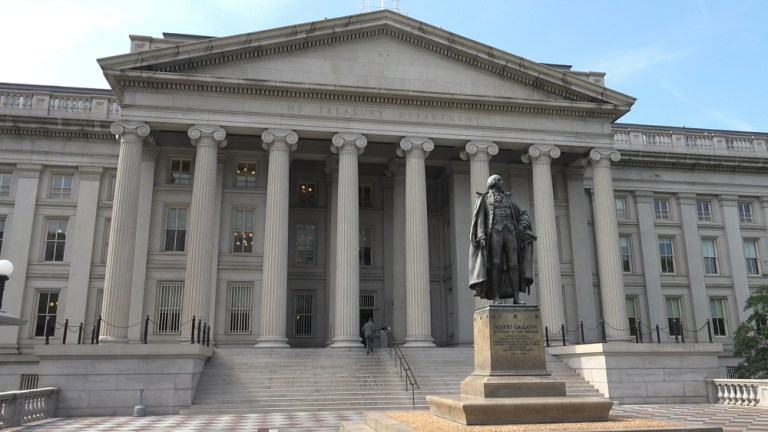
The chief executives of U.S. banks have been paid handsomely since 2004, with the average boss making three times as much as their counterparts around the globe.
That’s according to a new study by Bernstein analysts, which was covered by the Financial Times, who pointed out the reasoning for the pay disparity may be because overseeing a bank in the U.S. is lot more complicated. Bernstein analysts, which looked at CEO pay from 25 banks in the U.S., Europe and Asia during the last 13 years, found U.S. banks pay more than their competitors outside the U.S., and that bank pay for global banking CEOs hasn’t changed much even with regulations and other responsibilities that result in lower shareholder returns. U.S. bank CEOs on average made $20 million a year before the 2008 financial crisis and have made $20 million on average in the last three years. “A U.K. bank CEO, whose stock traded at three times book with 30 percent RoE (return on equity) used to make $10m … and is back to making $10m again at 1.5 times book with 15% RoE,” wrote the analysts according to the report.
The difference between what bank CEOs in the U.S. earn and their counterparts overseas does ebb and flow. For instance, the report noted that in 2016 U.S. CEOs made 3.26 times as much as those outside of the country, but at the peak in 2004 they earned 6.8 times their global peers. The U.S. CEOs have had more profits and better shareholder returns over the time frame and play in one of the most profitable banking markets in the world, which is partly the reason for the higher pay. “With all due respect, running a bank in the US (even with the occasional trip to Congress to be publicly abused) can’t be that much more complicated than running a thankless restructuring job at RBS or UniCredit,” wrote the analysts. “The only time where the poor US CEOs had come down to European levels was during the peak of the GFC (global financial crisis) — we guess (Citi CEO) Vikram Pandit’s $1 in 2010 was the bottom and the last we checked he was still doing OK!”